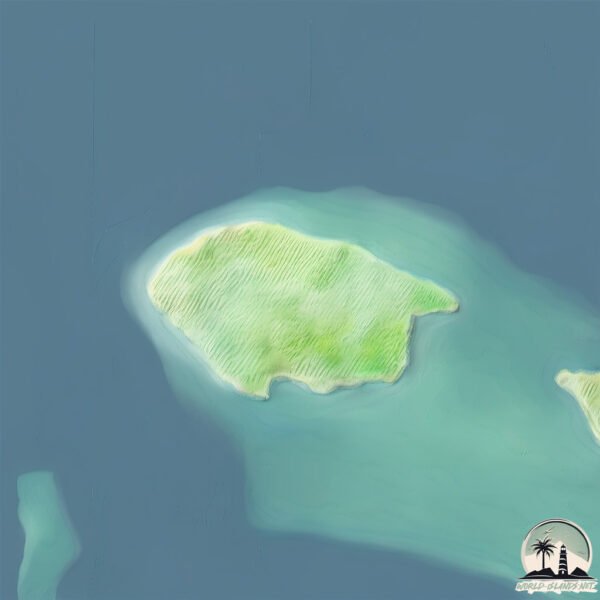Bintoulan

Welcome to Bintoulan, a Tropical island in the Celebes Sea, part of the majestic Pacific Ocean. This guide offers a comprehensive overview of what makes Bintoulan unique – from its geography and climate to its population, infrastructure, and beyond. Dive into the details:
- Geography and Size: Explore the island’s size and location.
- Climate and Weather: Weather patterns and temperature.
- Topography and Nature: Uncover the natural wonders of the island.
- Infrastructure and Travelling: Insights on reaching, staying, and making the most of your visit.
- News and Headlines: Latest News.
Geography and size of Bintoulan
Size: 2.626 km²
Coastline: 7 km
Ocean: Pacific Ocean
Sea: Celebes Sea
Continent: Asia
Bintoulan is a Small Island spanning 2.6 km² with a coastline of 7 km.
Archipel: Malay Archipelago – The world’s largest archipelago, located between mainland Southeast Asia and Australia, known for its immense biodiversity and cultural diversity.
Tectonic Plate: Sunda – Extends across Southeast Asia, encompassing parts of the Sunda Shelf, known for its interaction with the Australian Plate, contributing to volcanic activity in Indonesia.
The geographic heart of the island is pinpointed at these coordinates:
Latitude: 5.22827413 / Longitude: 120.63987905
Climate and weather of Bintoulan
Climate Zone: Tropical
Climate Details: Tropical Rainforest Climate
Temperature: Hot
Climate Characteristics: This climate is typified by heavy rainfall throughout the year, high humidity, and consistently high temperatures, leading to lush rainforests and rich biodiversity. Seasonal temperature variations are minimal.
Topography and nature of Bintoulan
Timezone: UTC+08:00
Timezone places: Australia/Perth
Max. Elevation: 8 m
Mean Elevation: 5 m
Vegetation: Agricultural Mosaic
Tree Coverage: 99%
The mean elevation is 5 m. The highest elevation on the island reaches approximately 8 meters above sea level. The island is characterized by Plains: Flat, low-lying lands characterized by a maximum elevation of up to 200 meters. On islands, plains are typically coastal lowlands or central flat areas.
Dominating Vegetation: Agricultural Mosaic
A mix of cropland and natural vegetation, often seen in rural landscapes where agricultural fields are interspersed with patches of natural habitats. Bintoulan has a tree cover of 99 %.
Vegetation: 5 vegetation zones – Highly Diverse Island
With five different vegetation zones, these islands offer a rich tapestry of ecosystems. The variety could include dense forests, open meadows, wetlands, coastal zones, and more. This level of diversity supports an intricate web of life, with each zone playing a vital role in the overall ecological health and balance of the island.
Infrastructure and Travelling to Bintoulan
Does the island have a public airport? no.
There is no public and scheduled airport on Bintoulan. The nearest airport is Jolo Airport, located 100 km away.
Does the island have a major port? no.
There are no major ports on Bintoulan. The closest major port is SIASI, approximately 40 km away.
The mean population of Bintoulan is 297 per km². Bintoulan is Moderately Inhabited. The island belongs to Philippines.
Continuing your journey, Tingungan is the next notable island, situated merely km away.
The Maldives of the BaSulTa Island
Philippines is classified as Emerging region: G20: Group of Twenty – Major economies comprising both developed and emerging countries, representing the world’s largest economies. The level of income is Lower middle income.
News – Latest Updates and Headlines from Bintoulan
Stay informed with the most recent news and important headlines from Bintoulan. Here’s a roundup of the latest developments.
Please note: The data used here has been primarily extracted from satellite readings. Deviations from exact values may occur, particularly regarding the height of elevations and population density. Land area and coastline measurements refer to average values at mean high tide.
